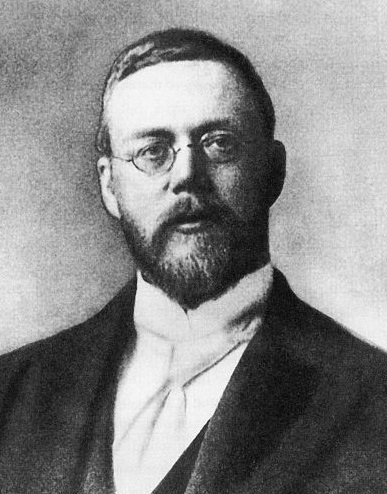The sinking of the RMS Titanic in 1912 shocked the world and inspired countless movies. But there was one scientist who was inspired to come up with something no modern ship would be without: sonar.
There’s some debate about exactly what influences shaped what was originally known as the Fessenden Oscillator. But we wouldn’t have this technology without Reginald Fessenden, a scientist and teacher working for the Submarine Signal Company of Boston in 1913. Fessenden was known for his work with radio, both in academia and at private companies. As more of the world took the sea, and as boats got faster, demand for reliable communication between boats increased.

This was made evident by the sinking of the Titanic. Ships needed to communicate their distress with any available help. People had considered doing this by sending signals through the air. The Fessenden Oscillator let them send signals through the ocean.
The oscillator that Fessenden came up with was essentially a drum-like container. On one side of the “drum” was a little chamber filled with a magnetic field induced by a direct electric current. On the other side of the drum was a metal plate. Connecting the two was a copper tube. Fessenden used alternating current in the tube to create a second oscillating magnetic field, which when exposed to the magnetic field in the chamber, pushed the tube and the metal plate back and forth at nearly any frequency desired.
These oscillations produced sound waves, which carried through the water. When the Submarine Signal Company first put the oscillator on the market in 1913, they advertised it primarily as a means of communication. The communication went both ways. The device could pick up acoustic vibration from the ocean and translate that into messages. Fessenden, when testing the device, realised it picked up more than just deliberate signals. It picked up echoes, especially if the sound waves it produced bounced off a large mass, like a submarine or an ice berg.
It took quite a long time for Fessenden’s invention to be accepted as the earliest method of sonar. The company considered using it as a warning system from the beginning, but the device’s first trial runs — conducted a year after the patent for the device as a signalling system was issued — gave muddled signals, including signals bounced off the bottom of the ocean.
The technology inevitably improved, and sonar caught on. Sadly, Fessenden’s glorious name did not catch on, and so when we refer to sonar we use an acronym (SOund Navigation And Ranging) instead of a much better actualnym.
